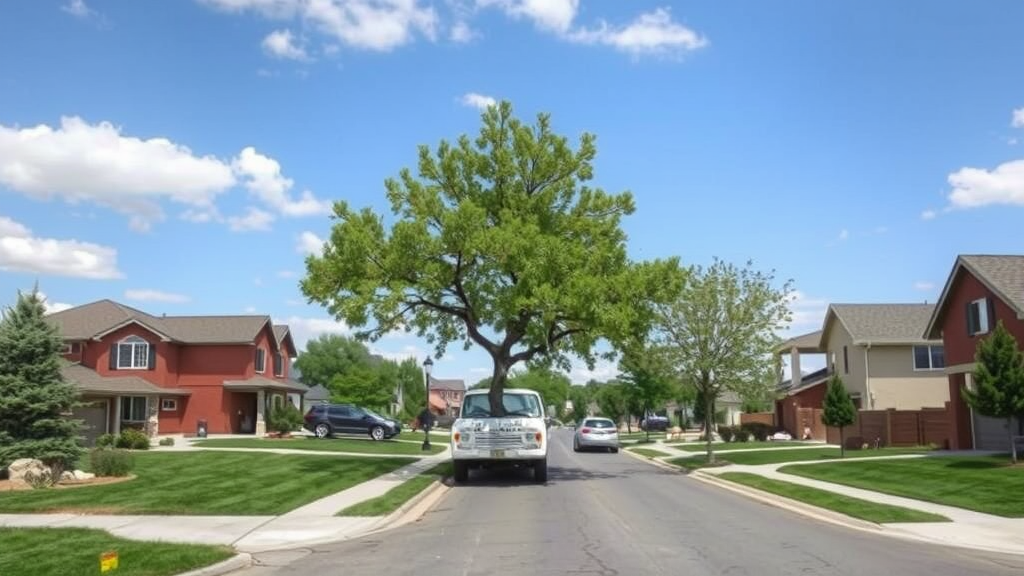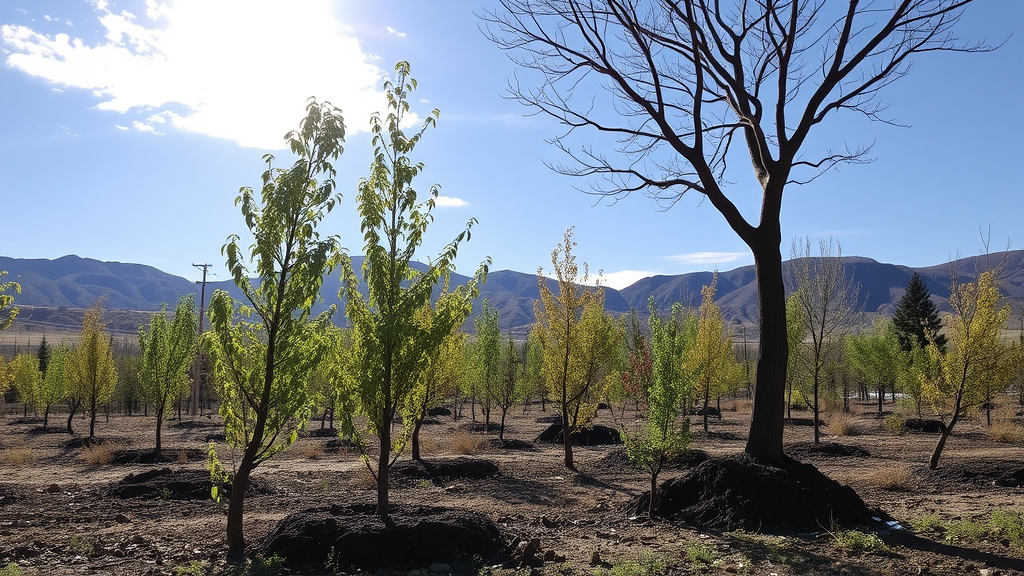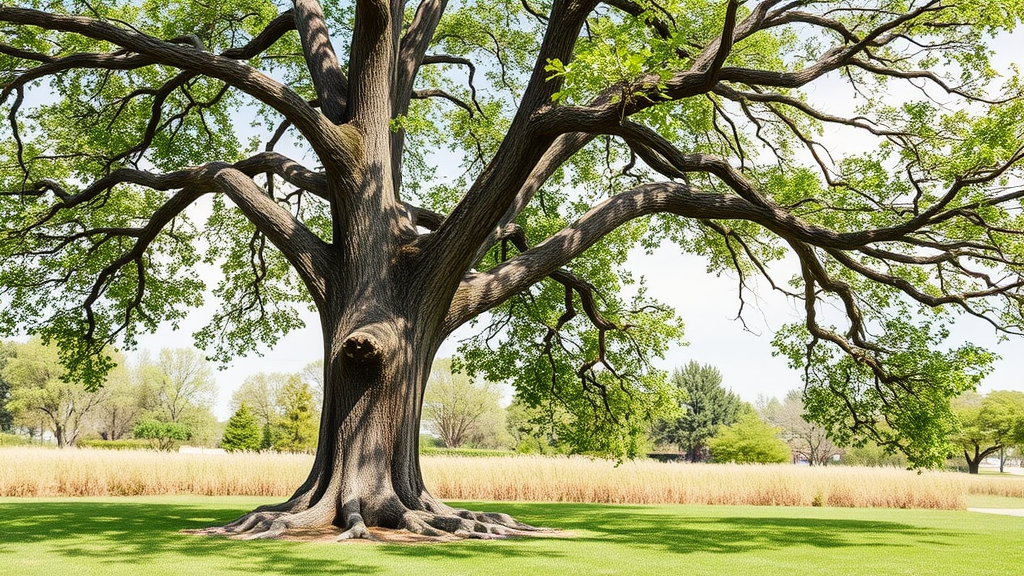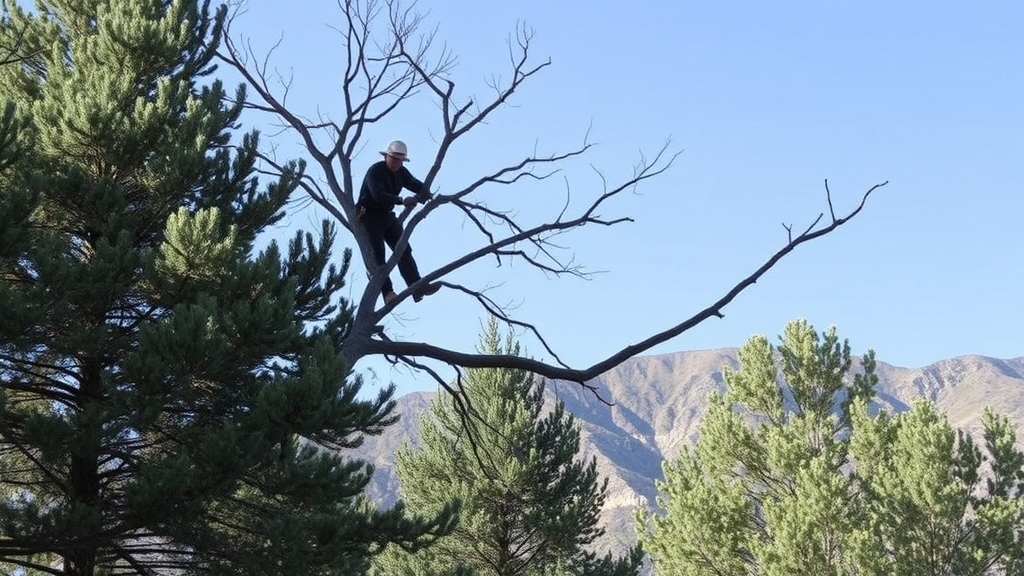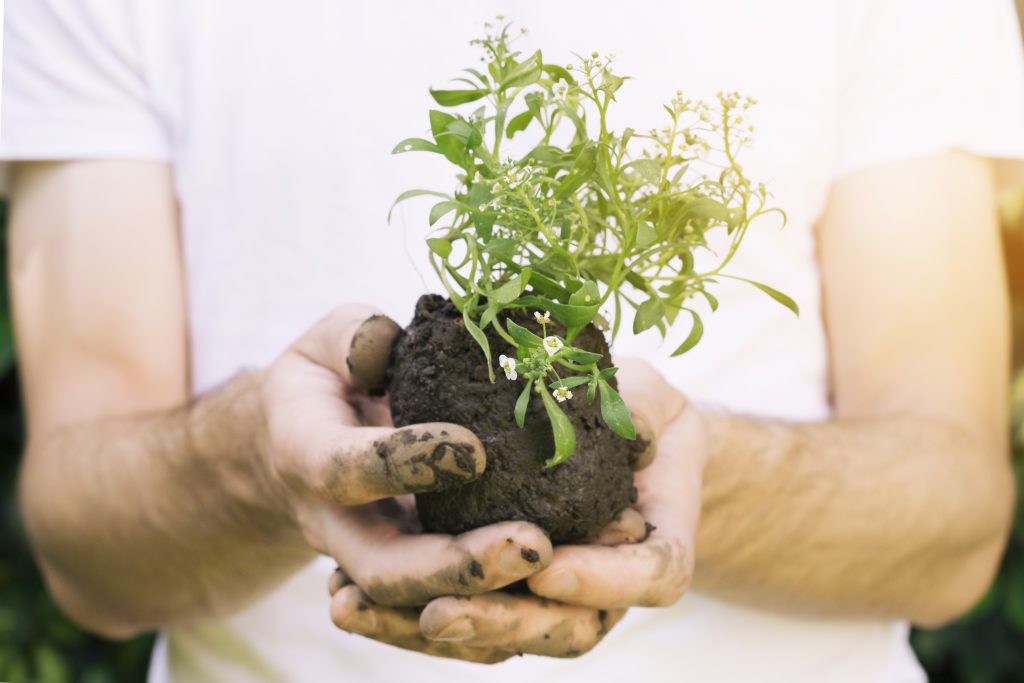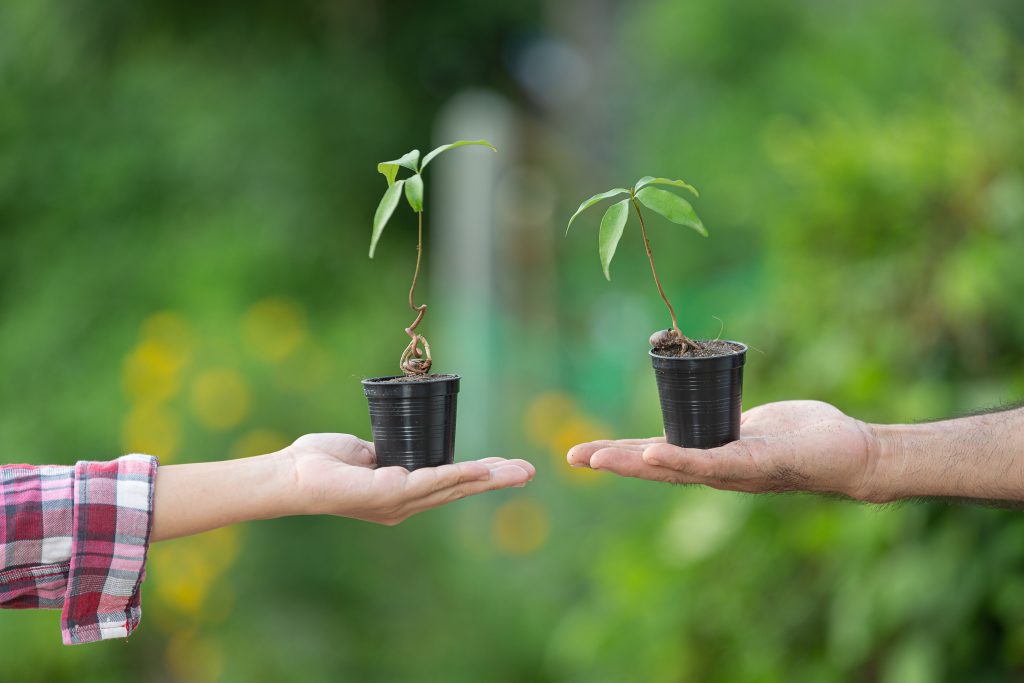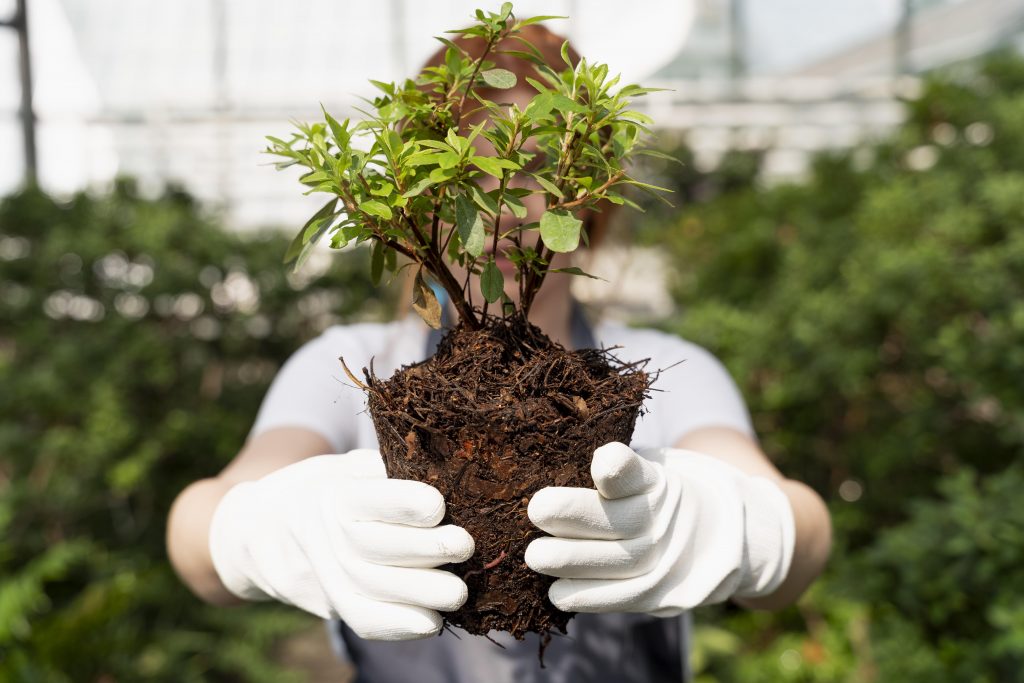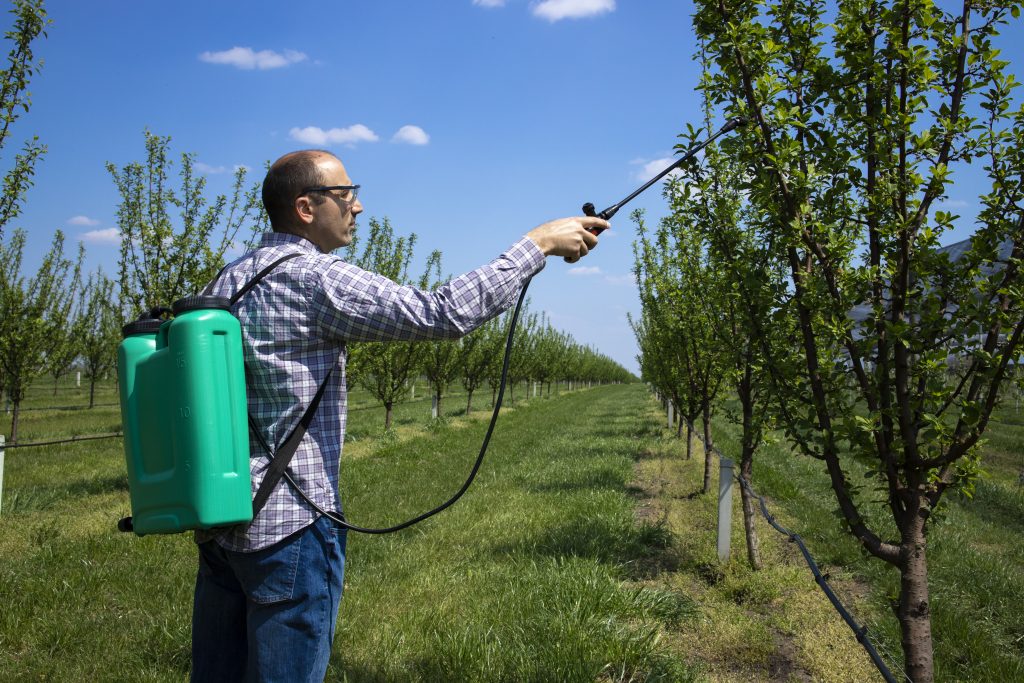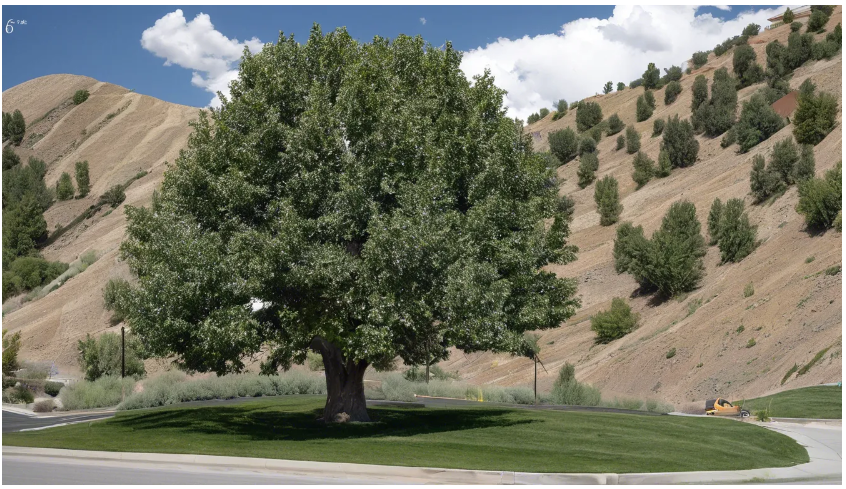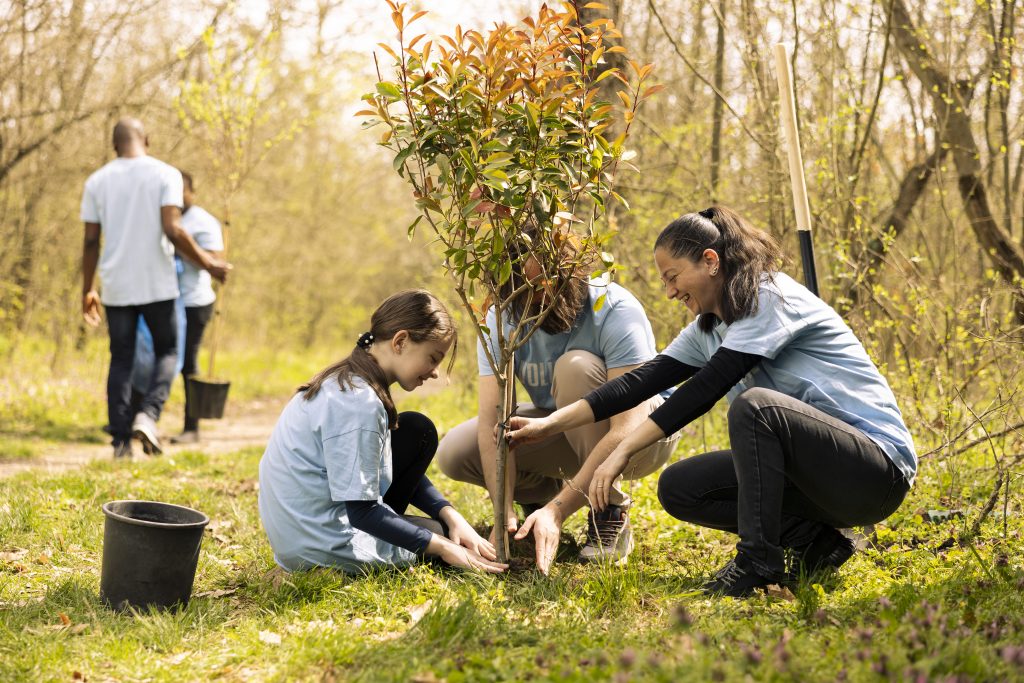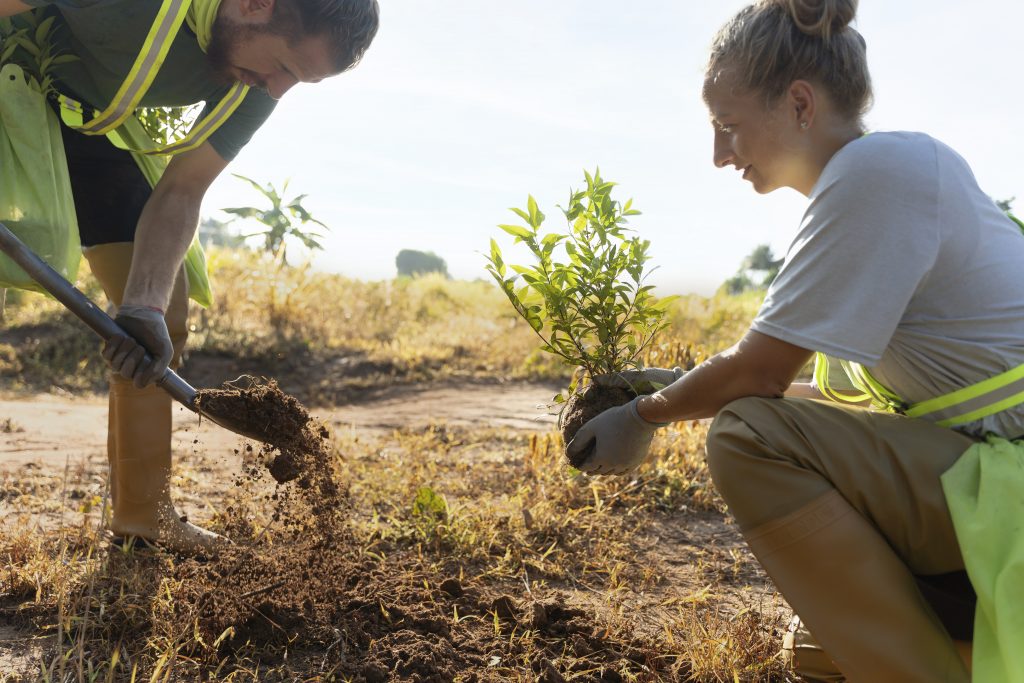How Much You Need To Expect You’ll Pay For A Good Tree Removal Company Salt Lake City Utah

Name: Truco Services, Inc.
Address: 4640 Commerce Drive, Murray, Utah 84107
Phone: (801) 466–8044
Website: https://www.trucoservices.com/
Facebook: https://www.facebook.com/TruCoServices/
Twitter: https://x.com/truco_services/status/1810260222034038867
Linkedin: https://www.linkedin.com/company/truco-services
Youtube: https://www.youtube.com/@trucoservicesllc5407/videos
PitchBook: https://pitchbook.com/profiles/company/457843-06
Hours of Operation: Monday — Friday: 8am — 5pm; Saturday — Sunday: Closed.
Categories: Landscaping Services, including: Landscape Maintenance; Commercial Landscape Installation; Custom Landscape Design; Irrigation Services; Snow Removal, Tree Services, including: Tree Removal; Pruning; Arbor Care; Tree Trimming; Tree Installation; Emergency Tree Services; Outdoor Kitchen Designing and Installation; Lawn Care and Maintenance; Fertilizer Application (performed by licensed applicators); Holiday Lighting Installation;
Profile: TruCo Services, Inc. is a comprehensive general contracting company based in Murray, Utah, specializing in landscaping and concrete services. Established to cater to both residential and commercial sectors, TruCo Services focuses on delivering high-quality outdoor maintenance and improvement solutions for Landscaping; Concrete; Snow Removal; Tree Removal.
Read more here, here and here.
Evaluating the Costs: How Much You Need To Expect You’ll Pay For A Good Tree Removal Company in Salt Lake City, Utah
When it comes to maintaining your property, one of the most important tasks can be tree removal. If you’re in Salt Lake City, Utah, you might find yourself wondering about the costs involved. Understanding how much you need to expect to pay for a good tree removal company is crucial for budgeting and planning. Here’s what you need to know.
Factors Affecting Tree Removal Costs
Several factors influence the cost of tree removal services. The more you comprehend these factors, the better you can estimate your budget.
- Tree Size: The size of the tree significantly impacts the cost. Larger trees require more effort, specialized equipment, and labor, leading to higher fees.
- Tree Location: If a tree is near structures, power lines, or other obstacles, the removal process can be more complicated and therefore more expensive.
- Health of the Tree: A dead or dying tree can be more challenging to remove safely. If the tree is in poor condition, you may pay more for the labor and safety measures involved.
- Ground Conditions: If the ground around the tree is uneven or if the soil is particularly hard, it can affect the ease of removal, subsequently influencing the price.
- Additional Services: Many tree removal companies offer add-on services such as stump grinding, chipping, or cleanup. These can increase your overall costs.
Average Costs in Salt Lake City
Now that you understand the factors, let’s look at the typical costs associated with hiring a tree removal company in Salt Lake City. On average, you can expect to pay:
- Small Trees (up to 30 feet):$200 to $500
- Medium Trees (30 to 60 feet):$500 to $1,200
- Large Trees (over 60 feet):$1,200 to $2,000 or more
These figures can vary depending on the specific circumstances of each job. For example, a small tree close to a building might cost more to remove than a medium tree in an open yard.
Obtaining Quotes
To get the best value for your tree removal, it’s essential to obtain multiple quotes from different companies in Salt Lake City. Most reputable companies offer free estimates, which allows you to compare prices and services easily. When requesting quotes, be sure to ask about:
- Insurance coverage
- Licensing and certification
- Estimated time for completion
- Clean-up services included
Quality vs. Cost
While cost is an important consideration, don’t sacrifice quality for a lower price. Hiring an inexperienced or unlicensed company may save you money in the short term, but it can lead to damages or injuries that can cost you more in the long run. Look for companies with good reviews and a strong reputation in Salt Lake City, even if their prices are slightly higher.
Payment Options
Many tree removal companies offer flexible payment options, including financing or payment plans. Make sure to ask if this is available, as it can help manage your budget effectively. Additionally, check if they accept credit cards, as some people’s insurance may cover tree removal in certain situations.
Tree Removal Timing
The time of year can also affect the cost of tree removal. For instance, many tree removal companies are busier in the spring and summer months. Prices might be slightly higher during peak seasons due to demand. On the other hand, you might find better deals during the fall or winter when work is slower.
Understanding all these aspects will give you a clearer picture of how much you need to expect to pay for a good tree removal service in Salt Lake City, Utah. Take your time to evaluate your options and make an informed decision. The right tree removal company can ensure your property remains safe and beautiful while providing you with peace of mind.
Factors Influencing Tree Removal Pricing
When considering tree removal, it’s essential to understand the factors that influence pricing. Knowing what contributes to the overall cost can help you make an informed decision and avoid unexpected expenses.
Size of the Tree
One of the most significant factors affecting tree removal costs is the size of the tree. Larger trees require more labor, time, and specialized equipment to safely remove. Here’s how size impacts pricing:
- Small Trees: Typically under 30 feet, removal can cost between $100 and $400.
- Medium Trees: Ranging from 30 to 60 feet; removal may cost between $400 and $1,000.
- Tall Trees: Trees over 60 feet can cost $1,000 and upwards, especially if they are large or pose risks.
Tree Location
The location of the tree plays an essential role in the pricing structure. If a tree is situated near structures, power lines, or other sensitive areas, removal becomes more involved. Factors include:
- Proximity to Structures: Trees close to homes or buildings may require careful dismantling to avoid damage.
- Accessibility: If a tree is hard to reach due to fences, narrow pathways, or rough terrain, additional equipment and labor costs may be necessary.
- Urban vs. Rural Areas: Urban locations may have higher rates due to increased liability and equipment costs.
Health and Condition of the Tree
The health of the tree also impacts removal costs. Diseased or dead trees can be more challenging to remove because they may be brittle or decay-prone. Consider:
- Dead Trees: They may collapse during removal, requiring extra safety measures and equipment.
- Disease and Infestation: Special care may be needed to avoid spreading diseases to other trees.
Permitting and Regulations
Before having a tree removed, it’s essential to check for local regulations or permits. Certain municipalities may require permits for removing specific types of trees, especially if they are protected or considered significant. These additional steps can influence the total cost accordingly.
Additional Services
Many tree removal companies offer extra services that can impact pricing. Here are some common add-ons:
- Stump Grinding: Removing the stump can add $75 to $150 to the total cost.
- Clean-up and Debris Removal: This service ensures your yard looks neat afterward and can cost between $50 and $300.
- Tree Trimming or Pruning: If you need maintenance before removal, this service can be bundled with the main removal.
Company Rates and Experience
The pricing structure can vary significantly depending on the tree removal company’s experience and reputation. Established companies may charge more for their service, but they often provide a higher quality of work and safety. When selecting a company, consider:
- Client Reviews: Customer feedback can give insights into pricing fairness and service quality.
- Licensing and Insurance: Ensuring the company is licensed and insured protects you from potential liabilities.
Seasonal Demand
The time of year can also play a role in tree removal costs. Higher demand during peak seasons may lead to increased pricing. Here’s how seasons impact pricing:
- Spring and Summer: Many homeowners tend to remove trees in these seasons, possibly increasing costs.
- Fall and Winter: These off-peak times may offer more competitive pricing due to lower demand.
Understanding these factors can aid you in budgeting for tree removal. When evaluating costs, remember to obtain multiple quotes from reputable companies. This step ensures that you receive fair pricing while also confirming the quality of service provided.
Being aware of these influencing elements allows you to navigate the costs of tree removal more effectively and confidently choose the right service for your needs.
Comparing Different Tree Removal Services in Salt Lake City
When you think about tree removal services in Salt Lake City, it’s essential to consider various aspects that differentiate one company from another. The cost of tree removal can vary significantly based on factors like tree size, complexity, and additional services provided. Knowing these details will help you make an informed choice. Below, we’ll explore different tree removal services, the factors that influence their pricing, and tips for selecting the best one for your needs.
Factors Influencing Tree Removal Costs
Understanding what impacts the pricing of tree removal services is crucial for finding the right fit for your budget. Here are several key factors to consider:
- Tree size: Larger trees are typically more expensive to remove due to the extra labor and equipment required.
- Tree location: Trees situated close to structures or power lines often need special care, which can add to the overall cost.
- Complexity of the job: If the tree is leaning or in a difficult position, additional safety measures may be necessary, affecting the final price.
- Health of the tree: Dead or diseased trees may require different equipment for safe removal.
- Additional services: Ask if the company offers cleanup, cutting the tree into smaller pieces, or stump grinding as part of their service. These can add to costs.
Comparing Services Offered by Various Companies
Not all tree removal companies provide the same level of service, which is essential to consider in your comparison:
Here’s what to look for:
- Insurance and Certification: Ensure that the company is insured and certified to protect yourself from liability in case of accidents.
- Experience: Companies with more years in the industry may offer better services due to their accumulated knowledge and skills.
- Customer Reviews: Look for online reviews and testimonials to gauge customer satisfaction and the quality of service.
- Free Estimates: Many reputable companies provide free estimates, allowing you to compare costs without any obligation.
- Availability and Response Time: A tree emergency needs quick attention. Check how fast a company can respond to your request.
Cost Estimates from Local Companies
While every company has unique pricing, here’s a rough guideline based on size:
- Small Trees (up to 30 feet): $150 — $300
- Medium Trees (30 to 60 feet): $300 — $700
- Large Trees (over 60 feet): $700 — $1,500 or more
These ranges can give you a ballpark idea, but always get a specific quote tailored to your tree and circumstances.
Choosing the Right Tree Removal Company
After comparing services and pricing, focus on making the final choice:
- Meet Multiple Companies: Talk to at least three different companies to compare quotes and professionalism.
- Ask Questions: Inquire about their procedures, timelines, and safety measures.
- Check References: A reputable company should provide references from past clients.
- Get Everything in Writing: Ensure that the agreed-upon price and services are detailed in a written contract.
- Assess Their Equipment: Ensure that the company uses modern, well-maintained equipment for safety and efficiency.
Tree removal is not just a matter of cutting down unwanted vegetation. It requires expertise and the right tools to ensure safety for both your property and the workers. By carefully comparing different tree removal services in Salt Lake City, you can ensure that you choose a trustworthy provider that meets your needs at a fair price.
The bottom line is that understanding what various services entail, coupled with a clear idea of costs involved, helps you make the best choice. Make sure you do thorough research before settling on a tree removal company, as the safety of your property and the quality of work highly depend on it.
Safety Considerations When Hiring a Tree Removal Company
When it comes to tree removal, safety should always be your top priority. Whether you’re a homeowner or a business owner, hiring the right tree removal company is crucial for ensuring the job is done correctly and safely. Here are some key safety considerations to keep in mind as you navigate this important task.
Insurance Coverage
One of the first things to check is whether the tree removal company has adequate insurance. This generally includes:
- Liability Insurance: This protects you in case of damage to your property.
- Worker’s Compensation: This ensures that workers are covered in case of an injury while on the job.
Verify that the company can provide proof of insurance. This step is crucial in protecting yourself legally and financially.
Experience and Qualifications
Experience matters in tree removal. A company with years of practice is likely to have encountered various scenarios and knows how to handle them safely. Look for:
- Trained Arborists: These professionals are knowledgeable about tree biology and can assess whether a tree needs to be removed.
- Industry Certifications: Membership in organizations like the International Society of Arboriculture (ISA) indicates commitment to best practices.
Don’t hesitate to ask for references or find reviews online to gauge their previous work.
Safety Equipment
A reputable tree removal company will use proper safety equipment. This should include:
- Personal Protective Equipment (PPE): Items such as helmets, gloves, and goggles should be standard.
- Climbing Gear: Ropes, harnesses, and other equipment should meet safety standards.
- Chippers and Chainsaws: Tools must be well-maintained and operated by trained personnel.
Don’t hesitate to ask the company about the safety measures they employ and the gear their teams use.
On-Site Safety Measures
During the tree removal process, on-site safety is critical. A good company will have measures in place, including:
- Site Assessment: Before work begins, the crew should evaluate the area for hazards, including power lines, buildings, and other trees.
- Clear Communication: Workers should communicate clearly and effectively regarding their actions and safety protocols.
- Establishing a Safety Zone: The crew should cordon off areas where debris can fall to protect bystanders and property.
Estimating the Job
Before hiring a company, discuss the scope of the tree removal job and get an estimate. Be wary if the estimate seems unusually low. Quality work comes at a price. Ensure the quote includes:
- All Aspects of the Job: This should cover everything from labor to cleanup.
- Timing and Scheduling: Understand how long the work will take and any contingencies for weather.
Follow-Up Care
In some cases, tree removal isn’t just about cutting down a tree; there might be follow-up care involved. Good companies will discuss:
- Stump Grinding: Whether you want the stump removed immediately or left for future consideration.
- Post-Removal Cleanup: How they will clear away debris and disposal methods.
Choosing a tree removal company in Salt Lake City, Utah requires careful consideration, especially when it comes to safety. Whether reviewing insurance, assessing qualifications, or examining the equipment used, being diligent can save you from future headaches. Remember, the objective is not only to get the job done but to do it safely, ensuring that you and the team are protected throughout the process.
Your peace of mind starts with a careful selection process. Don’t rush into hiring just anybody; take your time, ask questions, and ensure that safety is at the forefront of your selection criteria. Being proactive about safety can help you avoid costly accidents and ensure a smoother experience overall.
The Importance of Choosing Certified Arborists for Tree Removal
When it comes to tree removal, many homeowners may feel tempted to take the DIY route or hire cheap labor. However, making the right choice can save you time, money, and potentially prevent accidents. Certified arborists offer remarkable value in this field, ensuring that your tree removal needs are handled with expertise and care.
Tree removal is not just about cutting down a tree. It involves understanding tree biology, anatomy, and the right techniques for safely bringing a tree down without causing damage to your property or surrounding trees. Here’s why opting for certified arborists is so crucial.
Expert Knowledge and Training
Certified arborists have extensive training and knowledge in tree care. They undergo rigorous education and practical experience before earning their certification. Here are some areas of expertise:
- Tree Species Identification: Knowing how different types of trees grow and behave.
- Growth Patterns: Understanding how a tree might fall based on its lean and condition.
- Health Assessment: Evaluating if a tree is diseased or dead, and the safest way to remove it.
Safety First
Tree removal can be dangerous work. Certified arborists follow strict safety protocols to protect themselves and your property. They use specialized equipment and wear proper safety gear to minimize risks. This expertise can help avoid:
- Injuries from falling branches or equipment
- Damage to nearby structures, cars, or fences
- Unexpected costs due to mistakes made during removal
Effective Techniques
Not all trees are the same, and each tree requires specific techniques for safe removal. Certified arborists have the skills to determine the best approach according to the tree’s size, condition, and location. They can employ various methods, such as:
- Sectional Felling: Removing the tree in sections to minimize risk.
- Rigging: Utilizing ropes and equipment to control falling limbs.
- Ground Preparation: Preparing the area to ensure safe felling and removal.
Post-Removal Care
Once a tree is removed, there is often more work to be done. Certified arborists can offer advice on:
- Stump Grinding: Removing the stump to prevent pests and allow for new growth.
- Soil Health: Improving soil health to promote the growth of new plants.
- Future Planting: Recommending suitable trees to plant in the vacated spot.
Insurance and Accountability
Hiring a certified arborist often comes with insurance coverage. In the unlikely event of an accident or damage during the removal process, you’re protected. This provides peace of mind knowing that a professional backs the work. On the other hand, hiring unlicensed labor can lead to costly ramifications if something goes wrong.
Environmental Awareness
Many certified arborists are also trained in sustainable practices. They understand the role trees play in our ecosystem and can provide guidance on:
- Preserving local wildlife habitats
- Minimizing damage to surrounding plants and trees
- Promoting healthy tree growth in your yard
While it may seem like a daunting task or a significant expenditure, hiring a certified arborist can ultimately save you time, worry, and money. Their expertise ensures that the tree removal process is safe, efficient, and environmentally responsible. You can enjoy a beautiful, healthy landscape and know that you made the right choice for your property and the environment.
In the end, choosing a certified arborists is not just about tree removal; it’s about confidence in the quality of the work and care for your yard. Investing in a certified professional will yield long-term benefits rather than quick fixes.
Key Takeaway:
When considering tree removal in Salt Lake City, Utah, understanding the costs involved is crucial for making an informed decision. The overall fee for hiring a reputable tree removal company is influenced by several factors. First and foremost, the size and condition of the tree play a significant role in pricing. Larger or diseased trees require more complex and intensive labor, which can drive up the costs. Additionally, the tree’s location, proximity to structures, and accessibility can affect the time and equipment needed for safe removal.
It’s also important to compare different tree removal services within Salt Lake City. Prices can vary significantly from one company to another, so obtaining multiple quotes to ensure you’re getting a competitive rate is a wise move. Looking beyond just the cost is essential; consider the reputation and customer reviews of the companies you are evaluating. Not all tree removal services are created equal, and quality service should be a top priority.
Safety considerations are paramount when hiring a tree removal company. Tree removal can be dangerous work, and hiring a company with the right insurance and safety protocols protects both you and the workers. Never hesitate to ask about their safety records and procedures to ensure the job is done safely and efficiently.
The importance of choosing certified arborists for tree removal cannot be overstated. Certified professionals possess trained skills and knowledge about trees, which enhances safety and ensures the job is completed correctly. They can assess not only the removal but also offer guidance on any necessary follow-up care for your property.
When you’re evaluating the costs associated with hiring a tree removal company in Salt Lake City, be sure to consider the size and condition of your tree, compare different services, prioritize safety, and choose a certified arborist. By doing so, you can expect a fair price, quality service, and peace of mind during the tree removal process.
Conclusion
Understanding the costs involved in hiring a tree removal company in Salt Lake City is crucial for making an informed decision. The price you can expect to pay varies significantly based on several factors, including the size and location of the tree, the complexity of the job, and any additional services required such as stump removal or cleanup.
It’s essential to compare different tree removal services in the area to find a reputable company that fits your budget. Take the time to research options, read reviews, and request quotes from multiple providers to ensure you’re not only getting a fair price, but also quality service.
Safety is another primary consideration. Tree removal can be hazardous work, and hiring a company with experienced professionals minimizes the risk of accidents or damage to your property. Always confirm that the tree removal company you choose adheres to industry safety standards and uses proper equipment.
Furthermore, opting for certified arborists significantly enhances the quality of service you receive. These experts maintain a high level of training and are well-versed in tree biology and care, which helps in making informed decisions that benefit both the landscape and your budget.
Ultimately, weighing these factors will empower you to make the right choice for your tree removal needs in Salt Lake City. Prioritizing cost, safety, and quality ensures you receive value while maintaining the well-being of your property.
If you need a tree service in Utah, you can call:
Truco Services, Inc.
4640 Commerce Drive
Murray, Utah 84107
(801) 466-8044
https://truetreeservices.com/
